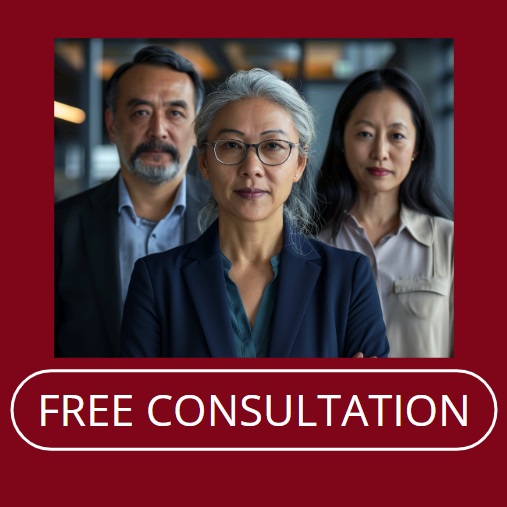The Role of Principal Applicants and Derivative Beneficiaries in EB-5 Visa Process
A Comprehensive Guide to the Roles and Eligibility Requirements for Principal Applicants and Derivative Beneficiaries in the EB-5 Visa Programlast updated Friday, January 31, 2025
#who is the principal applicant #principal applicant i 485
| | John Burson | Subscribe |
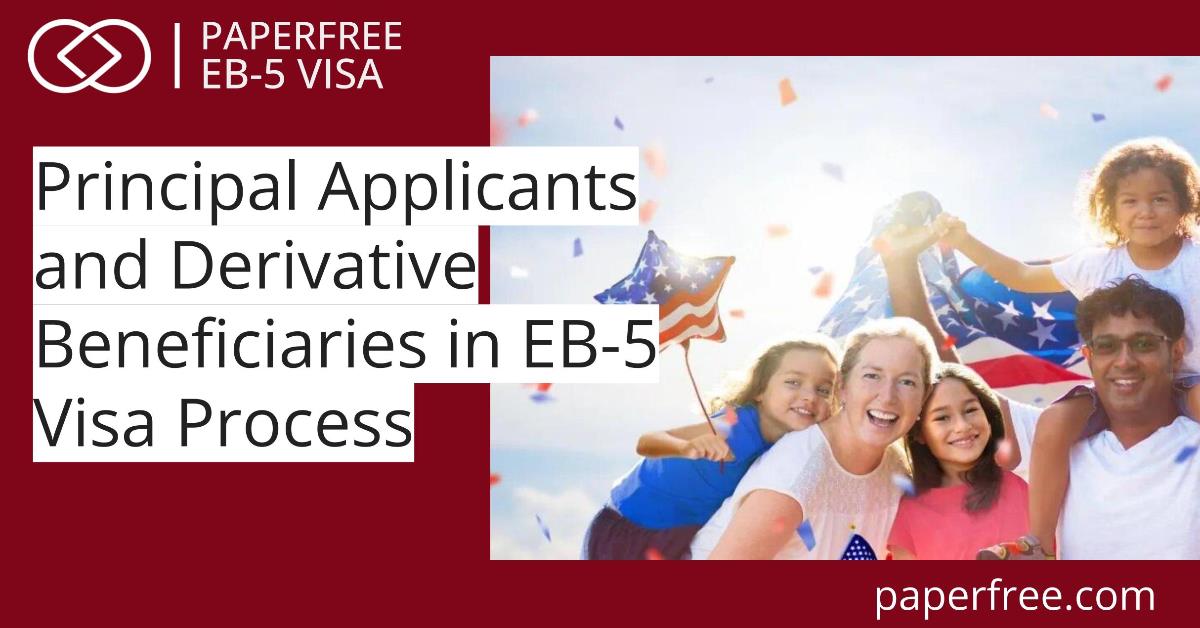
QUICK LINKS
AD
Get access to EB 5 Visa Investment Projects
The EB 5 visa program is a game-changer for foreign investors looking to secure a green card, not just for themselves but for their spouses and unmarried children under 21. Unlike many work visas, the EB-5 doesn't require a specific job offer or educational background – it's all about investing in the U.S. economy. To qualify for the EB-5 visa, the EB-5 investment amount must be at least $1.05 million in a standard area or $800,000 in a targeted employment area (TEA).
But before you jump in, there are a few key terms to understand: principal applicant and derivative beneficiary. This distinction is crucial for navigating the EB-5 program. Let's explore the roles and eligibility requirements for each category: principal applicant and derivative beneficiary.
To learn more about reserved and set-aside visas, which can speed up the EB-5 visa process, visit our detailed guide on Reserved and EB-5 Set-Aide Visas.
Understanding Principal Applicants and Derivative Beneficiaries in the EB-5 Visa Process
Principal Applicant: The Key Investor
The principal applicant in the EB-5 visa program is the leading investor, also referred to as the primary applicant. This individual is a foreign national who seeks U.S. residency by investing in a business that meets specific employment creation criteria set by the U.S. government. The primary requirements for an EB 5 visa include making the necessary investment in a new commercial enterprise.
The principal applicant's investment must create or preserve at least ten full-time jobs for American workers. The EB 5 visa processing time can vary, but it generally takes about 12 to 18 months for the initial I-526 petition to be processed. Many investors choose to work with an EB 5 visa regional centre to simplify the job creation requirement.
Derivative Beneficiaries: Family Members Eligible for Benefits
Derivative beneficiaries in the EB 5 program are the family members of the principal applicant, typically including the spouse and unmarried children under 21 years of age. Derivative family members of the principal EB-5 applicant can also obtain U.S. residency based on the principal applicant's investment.
For insights on the financial considerations of the EB 5 Visa program, read our article on the Tax Implications of the EB-5 Visa.
What Is the Difference Between a Principal Applicant and a Derivative Beneficiary?
Principal Applicant: The Investor
The principal applicant is the person who invests in an EB-5 project and files the I-526E petition. Their immigration status is based solely on the success of their petition. The status of their derivative beneficiaries does not influence it.
Derivative Beneficiaries: Family Members
Derivative beneficiaries include the spouse and unmarried children under 21 of the principal applicant. Their immigration status is dependent on the principal applicant's status. Any changes to the principal applicant's status will directly impact them.
o understand the full advantages of the EB-5 program, including potential benefits for derivative family members, check out our comprehensive article on EB-5 Benefits.
Who Qualifies as a Derivative Beneficiary Under the EB-5 Program?
Eligible Family Members
- Legal Spouses
Must be legally married to the principal applicant, with the marriage recognized in their home country. - Unmarried Children Under 21
Includes biological and legally adopted children.
Ineligible Family Members
- Parents and Siblings
Do not qualify as derivative beneficiaries. - Married Children
Regardless of age, they are not eligible. - Common law and civil partners are not recognized by USCIS.
Special Considerations
-
Divorce
An ex-spouse can only qualify if they have already received conditional permanent residence before the divorce.
Understanding these qualifications ensures that only eligible family members benefit from the EB 5 visa program.
How to Apply as a Derivative Beneficiary
Steps to Apply
- Approval of I-526E Petition
The principal applicant’s I-526E petition must be approved by USCIS. - File Adjustment of Status
After approval, derivative beneficiaries can file Form I-485 to adjust status, along with applications for employment and travel authorization. - Consular Processing
If applying from outside the U.S., complete Form DS-260 and attend a consular interview at a U.S. embassy or consulate.
Timing
- Concurrent Filing
It's best to file along with the principal applicant. - Follow-to-Join
If you file more than six months after the principal applicant’s I-485 approval, you’ll need to follow the follow-to-join process.
Frequently Asked Questions
Who Is the Principal Applicant?
The principal applicant is the leading investor in the EB-5 visa program. This individual makes the qualifying investment and files the necessary petitions to obtain U.S. residency. The status of derivative beneficiaries depends on the principal applicant’s successful petition.
Who qualifies as the Principal Applicant?
The principal applicant in the EB-5 visa program is the investor who makes the required investment and files the necessary petitions. This person is responsible for meeting the investment and job creation requirements stipulated by the U.S. Citizenship and Immigration Services (USCIS).
What Happens if the Principal Applicant Passes Away?
If the principal applicant dies during the EB-5 process, the derivative beneficiaries’ status depends on the process stage. If they received conditional Green Cards, they can still file an I-829 petition. If the I-526E petition is unapproved, refiling may be necessary. Consult an immigration attorney for guidance.
What Is a Derivative Applicant?
A derivative applicant is a family member of the principal applicant, such as a spouse or an unmarried child under 21, who applies for U.S. residency based on the principal applicant's investment and petition. Their immigration status is linked to the principal applicant's status.
Can Derivative Beneficiaries Abroad Join a Principal Applicant Filing for Adjustment of Status in the U.S.?
Yes, if the EB-5 investor receives conditional permanent residence in the U.S., their derivatives abroad can join by filing Form I-824.
What Happens if a Derivative Child Turns 21 During the EB-5 Process?
If a derivative child turns 21 before I-526E petition approval, their status may be protected under the Child Status Protection Act (CSPA). The CSPA freezes the child’s age at the I-526E filing date. The child must file for adjustment of status or DS-260 within a year of visa availability to benefit.
Who Is the Principal Applicant for Form I-485?
The principal applicant for Form I-485, Application to Register Permanent Residence or Adjust Status, is the individual whose investment in the EB-5 program qualifies them for residency. This person initiates the process by filing the I-526E petition and later the I-485 for adjustment of status.
Can a Beneficiary Already in the U.S. on a Non-Immigrant Visa Adjust Status if the Principal Applicant Is Applying Through Consular Processing?
No, a derivative beneficiary in the U.S. under a non-immigrant status cannot file for adjustment of status if the principal applicant is undergoing consular processing. The beneficiary must leave the U.S. and complete consular processing abroad with the principal applicant.
If the Principal Applicant Abandons Their Green Card, Does It Affect Derivative Beneficiaries?
If the principal applicant abandons their conditional Green Card before Form I-829 approval, the derivatives will lose their status. If the principal applicant abandons their Green Card after I-829 approval, derivatives retain their lawful permanent resident status.
What Documents Are Required for Derivative Beneficiaries?
Derivative beneficiaries need personal identification documents, proof of relationship to the principal applicant, and any required forms such as DS-260 for consular processing or I-485 for adjustment of status in the U.S.
Can Derivative Beneficiaries Work and Study in the U.S.?
Yes, once derivative beneficiaries receive their conditional Green Cards, they have the right to live, work, and study in the U.S., just like the principal applicant.
What Are the Common Legal Hurdles for Derivative Beneficiaries?
Common challenges include proving the legitimacy of relationships, ensuring timely document submission, and maintaining legal status during the transition. Consulting with an immigration attorney can help navigate these issues.
How Does Divorce Affect Derivative Beneficiaries?
If the principal applicant divorces during the EB-5 process, the ex-spouse may lose derivative status unless they have already obtained conditional permanent residence. Post-divorce, the ex-spouse can still pursue permanent residency through the I-829 petition if they meet eligibility criteria.
Can Adopted Children Qualify as Derivative Beneficiarys?
Yes, adopted children can qualify as derivative beneficiaries if they are legally adopted by the principal applicant before turning 21 and meet the criteria set by USCIS.
Book Your Free Consultation with Paperfree EB-5 Visa Experts. Get Personalized Advice and Investment Plans. Book Your Free Consultation Today!
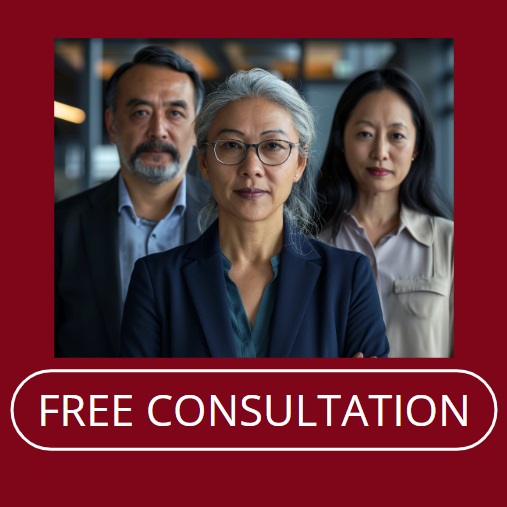
Conclusion
Understanding the EB-5 visa process, including the roles of principal applicants and derivative beneficiaries, is crucial for a smooth transition to U.S. residency. This guide has detailed the essential aspects, from eligibility and application steps to legal considerations and common FAQs. By knowing your responsibilities and the nuances of the process, you can better navigate the journey to permanent residency.
For further assistance and expert support, consulting with an experienced immigration attorney or services like Paperfree can significantly enhance your chances of a successful application, ensuring a seamless path to achieving your American dream.
Free Consultation
Similar Pages
- Best EB5 Regional Center List | American EB5 Regional Center

- EB-5 Visa Program by Paperfree.com is Your Your Clear Path to Investment Green Card USA

- EB 5 Visa Requirements 2024, A Guide To on eligibility for U.S. Investment-Based Residency
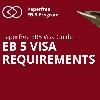
- EB5 Processing Time: A Journey Towards Green Card 2024 | Paperfree.com
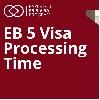
- EB-5 processing time by country 2025

- EB-5 Integrity Fund Updates for Fiscal Years 2023 and 2024

- I-526E Form Processing Time | Immigrant Petition by Regional Center Investor

- EB 5 investment amount and EB-5 Visa Cost 2025-2026
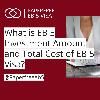
Popular
Benefits of the EB-5 Visa Program | Guide
Search within Paperfree.com
